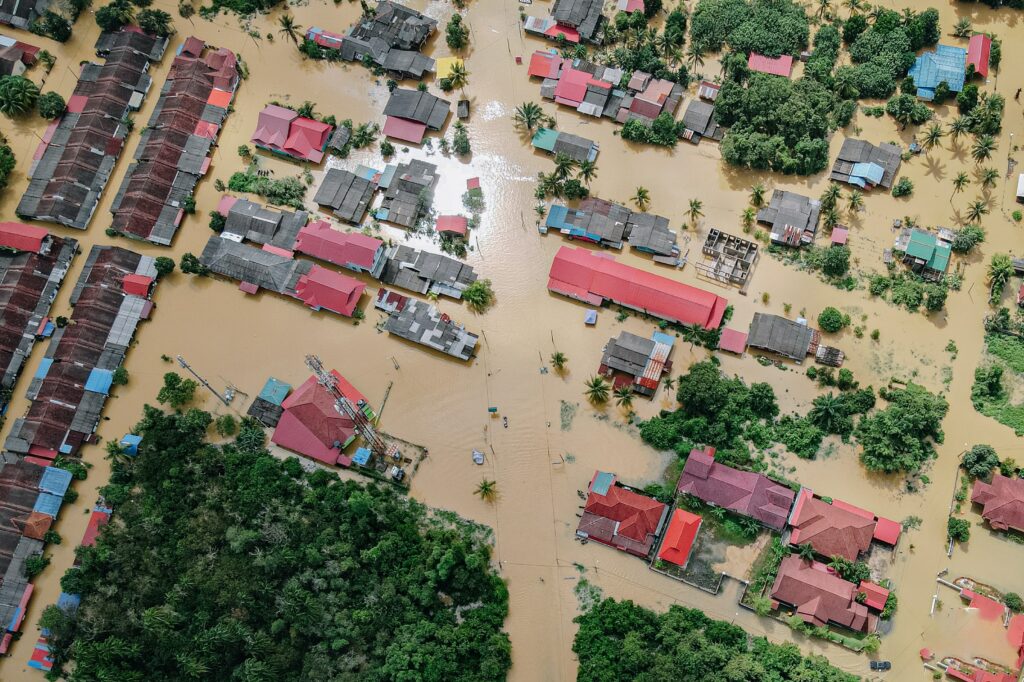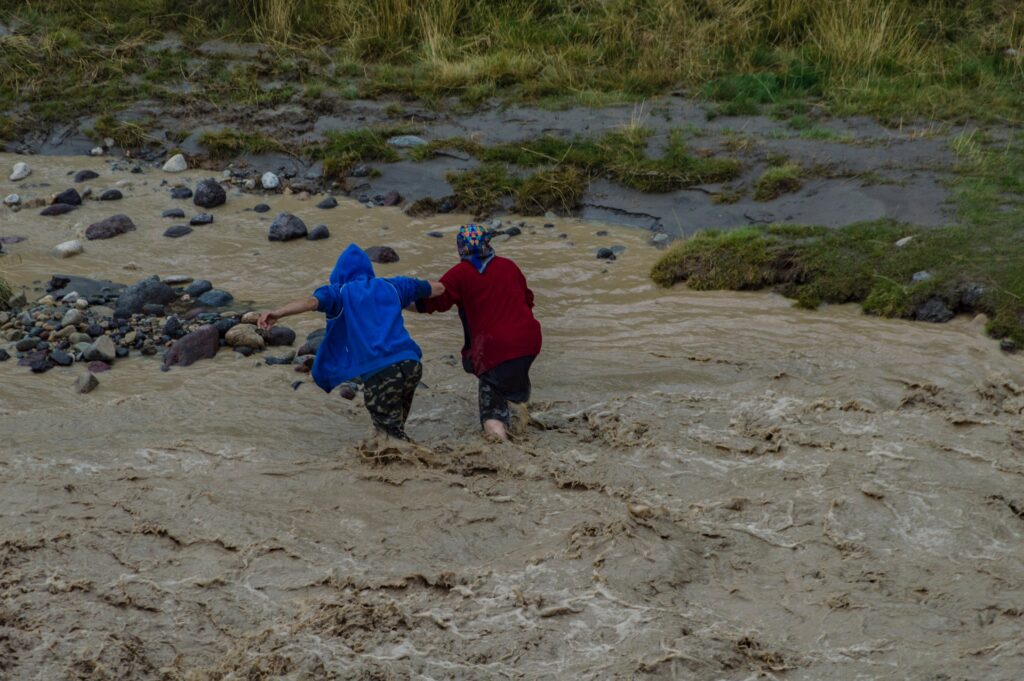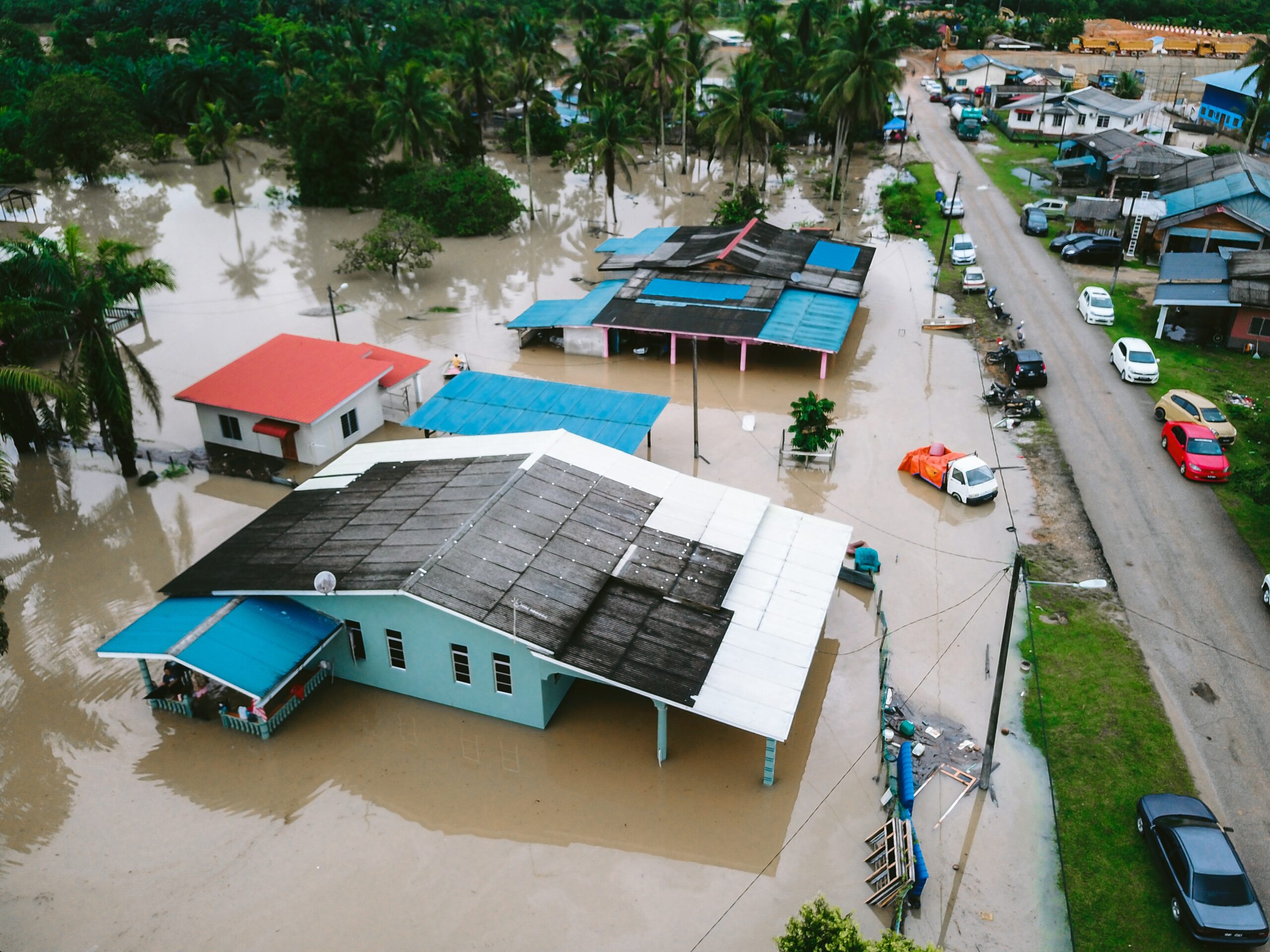Experiencing a flood in your home can feel like a nightmare come true. One moment, you’re enjoying the comforts of your cozy abode, and the next, you find yourself knee-deep in water, surrounded by damaged belongings and feeling overwhelmed. It’s undoubtedly a devastating event that demands swift action and a well-thought-out plan for the road to recovery.
Restoring your home after a flood is not simply a matter of mopping up the water and calling it a day. It’s a complex process that involves a thorough assessment of the damage, the need for professional assistance, and strategic decision-making at every step. But don’t stress; we are here to guide you through this challenging journey.
In this article, we’ll delve into the essential tips and tricks you must know to successfully renovate your home after a flood.
However, before we delve into the suggestions, it is crucial for individuals residing in flood-prone cities like Clearwater to be especially vigilant by preparing for the worst. Clearwater is at high risk for floods, and 1288 properties in the area are expected to be severely affected. Thus, if you live in Clearwater, it is advisable to find a reputed Clearwater water damage restoration company in case you may require their assistance. Having this information readily available can significantly reduce the hassle and protect your property in the event of a flood.
Table of Contents
Remove Standing Water
One of the foremost and most crucial steps is swiftly removing standing water from your property. Standing water not only poses immediate risks but can also lead to further damage and promote the growth of mold and mildew.
To tackle this task, consider utilizing pumps and wet/dry vacuums, which are effective tools for water extraction. These devices are designed to eliminate swiftly and efficiently standing water, preventing it from seeping into your floors, walls, and furniture.
While some minor water damage may be manageable on your own, in many situations, the extent of the damage may be overwhelming for a single person or family to handle alone. In such cases, it is favorably recommended to seek professional assistance.
Ensure safety first:

The flood can leave behind various hazards that must be managed before restoration begins. Neglecting safety precautions can lead to accidents or further damage to your property. Here are some key matters to consider when it comes to prioritizing safety:
- Electricity and Gas: According to the Electrical Safety Foundation International, 7 percent of all fatalities related to flooding were caused by electrical incidents. Before home renovations, switch off the electricity and gas supply to ensure safety.
- Wear protective gear: When dealing with floodwater, the Centers for Disease Control and Prevention advocates donning protective gear such as gloves, masks, and boots.
- Prevent slips and falls by wearing non-slip footwear. Be aware of potential hazards, such as damp or damaged flooring.
- Minimize mold exposure: To prevent respiratory problems and allergic reactions, it is crucial to limit mold spore exposure by wearing a mask and taking the necessary precautions.
Preserve the Evidence:

When confronted with the aftermath of a flood, don’t underestimate the power of documentation. Grab your smartphone or camera and capture the extent of the damage in vivid detail. Snap photos of every affected area and item, from the water-soaked floors to the drenched furniture. Don’t forget to open drawers and cabinets to reveal hidden damage. This visual evidence will be crucial during insurance claims and discussions with restoration professionals.
Additionally, create a detailed inventory of the damaged belongings. List everything that has been affected, including electronics, appliances, and personal possessions. Take note of their approximate value and include any relevant receipts or purchase records. This thorough documentation will ensure you receive the appropriate compensation and aid in the smooth restoration process.
Contact Your Insurance Provider:
Reach your insurance company as soon as possible to initiate the claims process. Acquaint yourself with your policy coverage and understand the claim procedure to maximize your reimbursement. Provide them with the documentation you have gathered, including photographs, videos, and detailed descriptions of the damage.
Drying out and dehumidifying
Drying and dehumidifying your home is an essential phase in the post-flood rehabilitation process. It is critical in preventing mold growth and averting further damage. Mold can begin to evolve in as short as 24-48 hours, making it critical to respond quickly and efficiently.
Use a mix of dehumidifiers, fans, and open windows to effectively dry out your home. These tools collaborate to ensure optimal ventilation and moisture levels. Dehumidifiers are useful for removing excess moisture from the air, while fans help circulate air throughout the area. Opening windows can also aid in the removal of humid air and the promotion of ventilation.
Remove any damp or damaged goods, such as carpets, furniture, and insulation, while you begin the drying process. These things can collect moisture and act as a breeding environment for mold.
Thoroughly clean
Cleaning and sanitizing your home after a flood is about more than just making it seem neat and sparkly; it’s about providing a safe sanctuary for you and your family by removing any threats. It’s similar to giving your home a facelift but with a serious twist.
It is critical to select the appropriate disinfection products. Look for disinfectants that are indicated as being effective against bacteria, viruses, and fungi. These items offer potent substances that can aid in the elimination of potential health problems in your house.
Did you know that the virus can persist on surfaces for up to 48 hours, according to a National Institutes of Health study? As a result, during the disinfection process, pay special attention to high-touch locations such as doorknobs, light switches, and counters. Don’t forget to pay attention to locations that are hard to reach or hidden, as they may hold bacteria or mold.
Prioritize Structural Repairs
Assess the structural virtue of your home and address any necessary repairs. Structural damage, such as compromised foundations, walls, or roofs, should be dealt with immediately to prevent further deterioration. Work with qualified contractors and engineers to assess and restore the structural elements of your home. Reinforcing weakened areas and ensuring proper drainage can help prevent future flooding and minimize the risk of damage.
Plan for Future Floods
While you cannot prevent natural disasters, you can take steps to minimize their impact. Develop a comprehensive emergency plan that includes flood preparation and response strategies. Consider elevating essential utilities above flood-prone areas, such as electrical panels and HVAC systems. Install flood alarms and automatic shut-off valves for added protection. Keep emergency supplies and contact information readily available. Regularly review and update your emergency plan to ensure its effectiveness.
Conclusion
Renovating your home after a flood can be challenging and lengthy, but by following these tips, you can effectively restore your home and create a safe living environment.
Remember to prioritize safety, document the damage, work with professionals, and address issues such as drying, cleaning, mold remediation, and structural repairs. By taking preventive measures and conducting regular maintenance, you can minimize the risk of future flooding and ensure the long-term well-being of your home.
